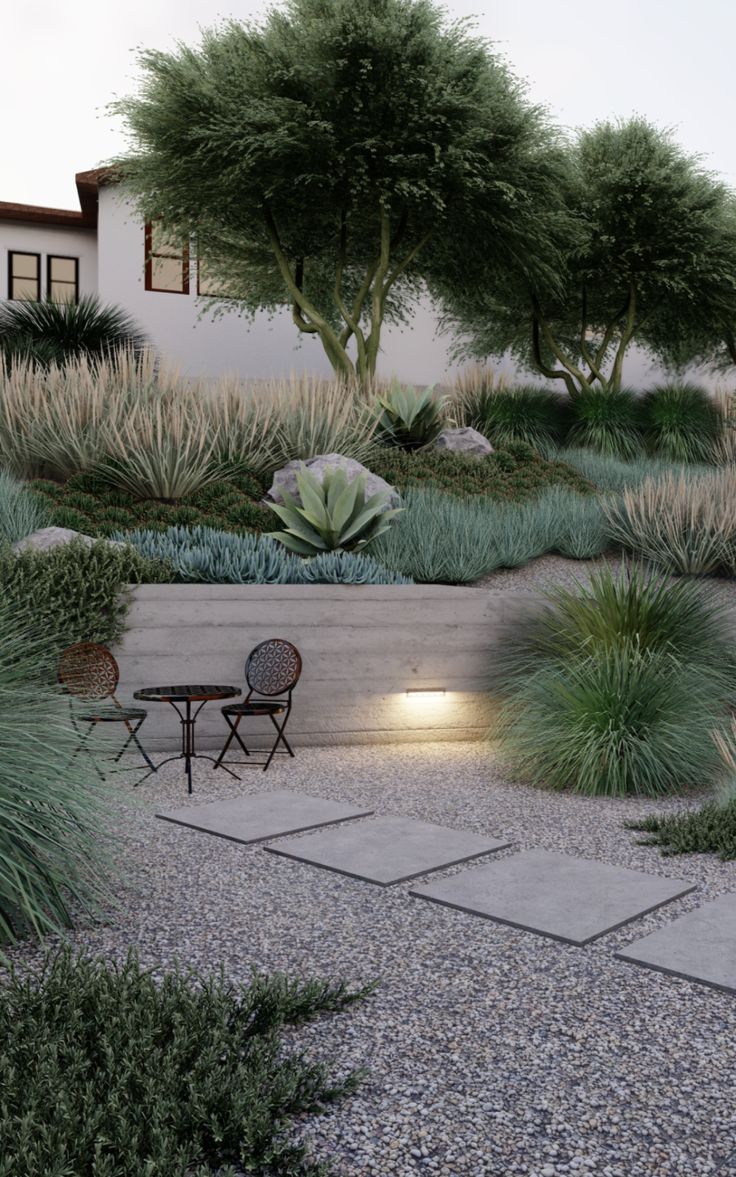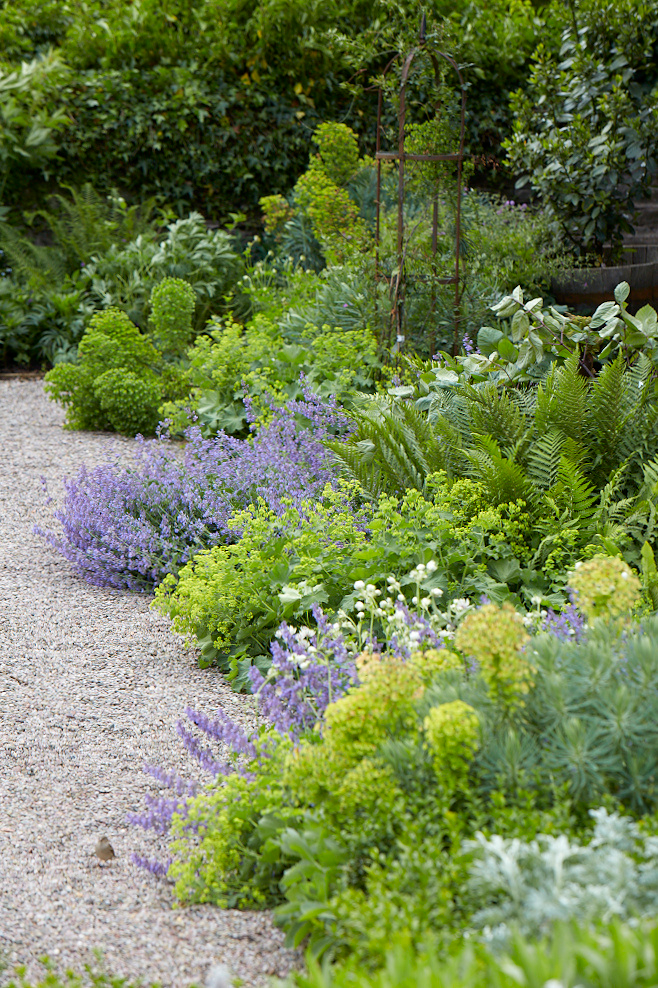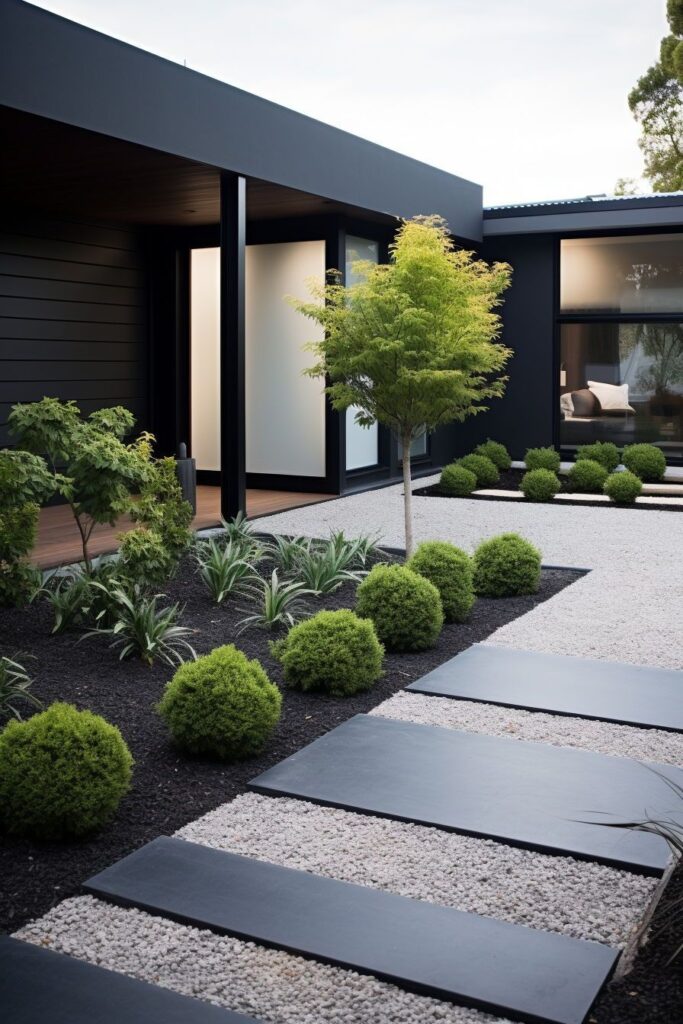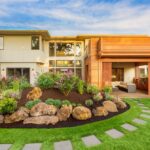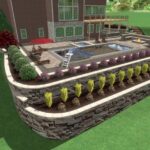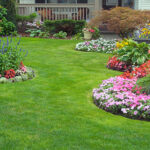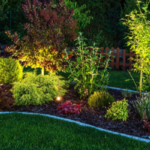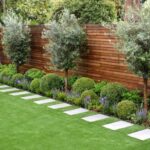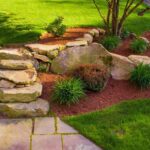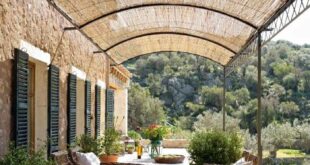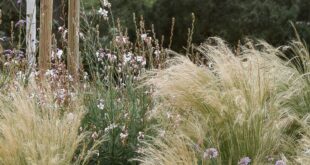Landscaping design plays a crucial role in enhancing the overall beauty and functionality of outdoor spaces. From residential gardens to public parks, a well-thought-out landscaping design can transform any space into a visually appealing and inviting environment.
One popular landscaping design approach is the use of different levels to create depth and visual interest. By incorporating various elevations, such as terraced gardens or raised beds, a landscape can be made more dynamic and visually appealing. This design technique also allows for better utilization of space, particularly in smaller yards where space is limited.
Another common landscaping design element is the use of focal points, such as a fountain, statue, or unique plant specimen. Focal points draw the eye and create a sense of balance and harmony within the landscape. They can also serve as a conversation piece or a place for relaxation and contemplation.
Incorporating a variety of plant species is essential in creating a diverse and interesting landscaping design. By using a mix of trees, shrubs, flowers, and grasses, landscapers can add texture, color, and seasonal interest to the outdoor space. Additionally, selecting plants that are well-suited to the local climate and soil conditions can help ensure the longevity and success of the landscaping design.
One popular trend in landscaping design is the use of sustainable and eco-friendly practices. This includes incorporating native plants, reducing water usage through efficient irrigation systems, and using organic mulches and fertilizers. Sustainable landscaping not only helps protect the environment but also reduces maintenance costs and promotes biodiversity in the ecosystem.
Lastly, incorporating hardscape elements, such as pathways, patios, and retaining walls, can help define and structure outdoor spaces. Hardscape features not only add functionality and durability to the landscape but also provide visual contrast to the softness of plants and flowers. By combining hardscape and softscape elements, landscapers can create a cohesive and harmonious design that enhances the overall beauty and functionality of the outdoor space.
